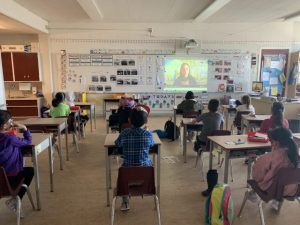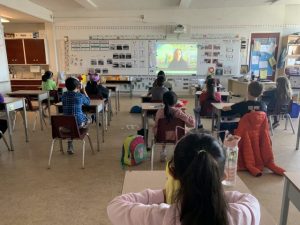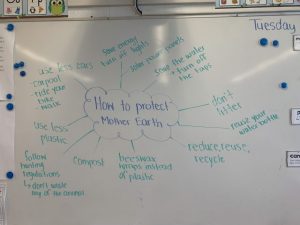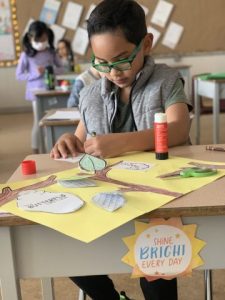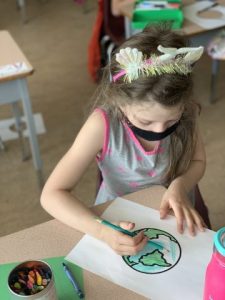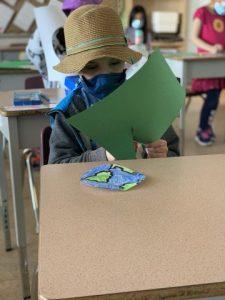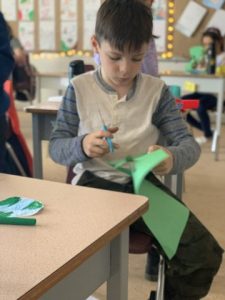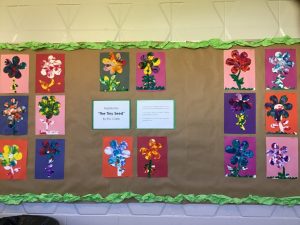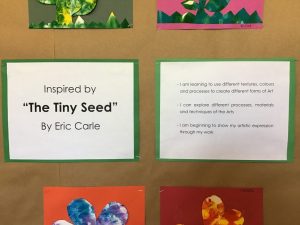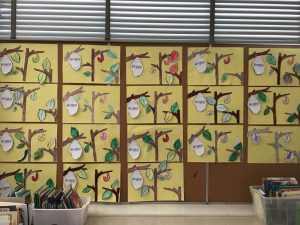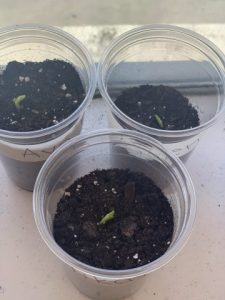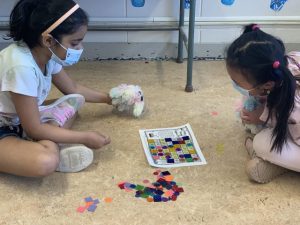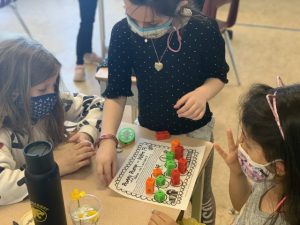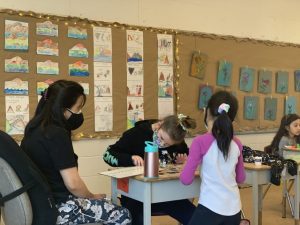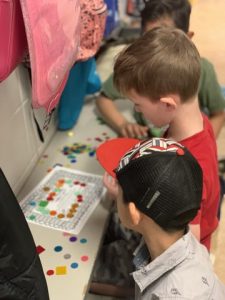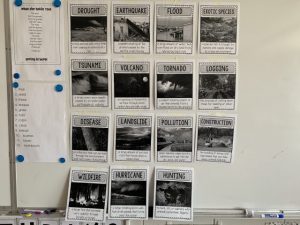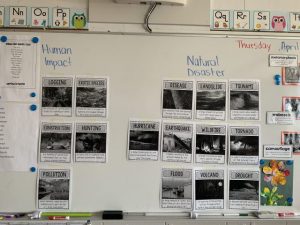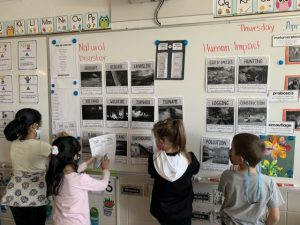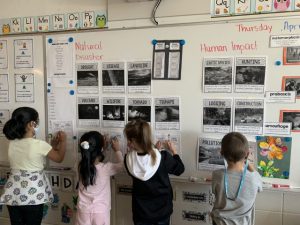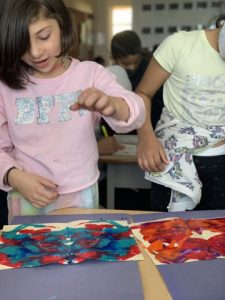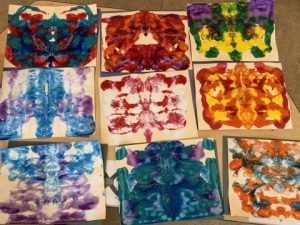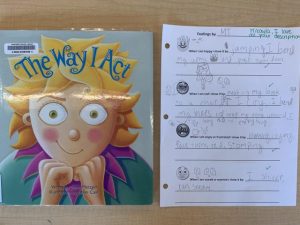
In Social Emotional Learning, we read the picture book “The Way I Act” by Steve Metzger. Throughout the book we listened to the verses (without seeing the illustrations), and inferred what the characteristics were that were being described. As a follow up discussion to the book we discussed how every individual may show and express their feelings differently. How do you show that you are nervous, excited, disappointed, overjoyed etc? Students then individually completed a worksheet that highlighted different emotions and they described how they showed that particular emotion.

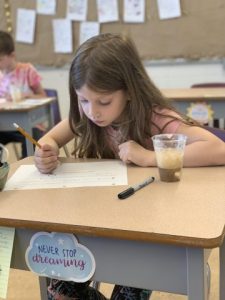
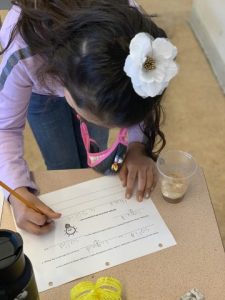
As scientists, we continue our exploration of Matter. Through a hands-on (and taste safe) activity, we explored how root beer floats illustrate various states of matter. During our ‘exploratory lab’ students distinguished the states of matter for the cup, ice cream, root beer and foam. For bonus points, students identified whether the cup was transparent, translucent or opaque. Who knew that science labs could be so fun and delicious!
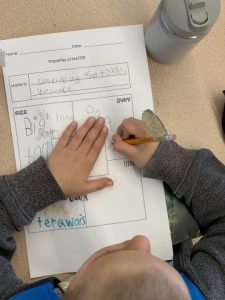
Later in the week we worked on identifying the various properties of Matter. Can you describe property elements for shape, colour, texture and size? In connection to Language Arts, can you also come up with synonyms for some of the vocabulary? For example, what are some synonyms for the word big, small etc. As a class we are collaboratively making our very own 3D Properties of Matter bulletin board. Stay tuned for our finished product.
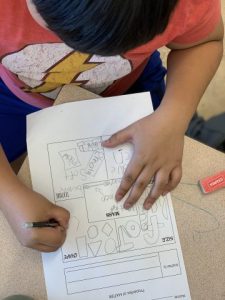
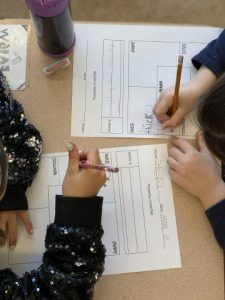
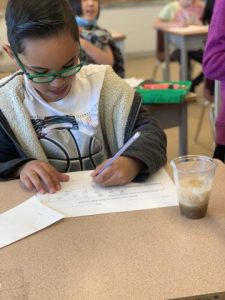
A new theme this week was ADST – Applied Design, Skills + Technologies
This week we received a mission to plan and design, collaborate as a group, and execute a marble run structure out of recyclable materials. Our first step was to individually plan out our design for our marble run that must include at least 5 obstacles. Once that was complete, we then came together as a group to share our insights and combine all our ideas to come to a one united idea. Next up, what materials do we need? This week we strictly focused on planning and collaborating. Next week we will begin constructing! Lots of excitement over here!




I spoke too soon, this week’s planning sessions quickly evolved into the beginning of construction. Students were so focused and peacefully collaborated their ideas within their group, that they were ready to begin the building process for their structures. I must apologize to the other classrooms whom we share a hallway with, as our hallway was BUZZING with excitement and communication yesterday and today (Thursday + Friday).
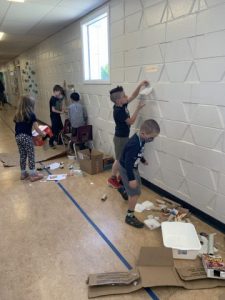
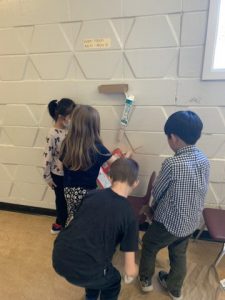
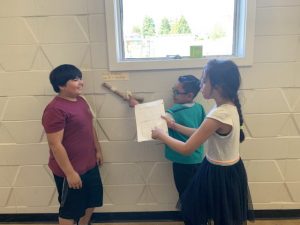
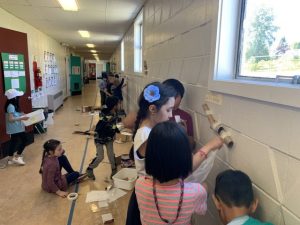
As artists this week, we were inspired by French artist Georges Seurat who developed the technique of Pointillism. Pointillism uses distinct dots, that when viewed from afar the dots appear blended together to create a visible image. Students were free to choose a portrait of their choosing and then be an artistic risk-taker to explore the technique of Pointillism. Students quickly came to realize how time consuming this was and the patience that it required.
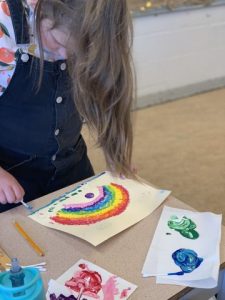
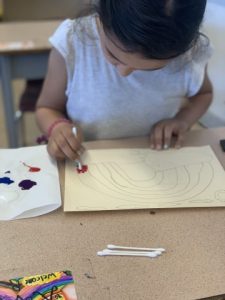
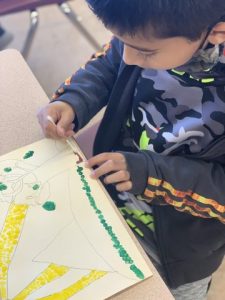
In Language Arts, we continue to work on our persuasive writing, employing a strong, authentic author’s voice to persuade and change our readers’/audience’s thinking. This week after reading the story, Can We Save the Tiger? by Martin Jenkins, we discussed various animals that have become extinct and those animals that are deemed high risk for extinction and/or are currently endangered. Students selected an animal of their choosing to write about. The purpose was for students to persuade their reader with reasons for how and or why they should protect and save this animal from endangerment.

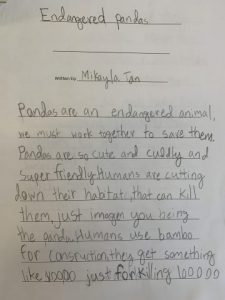
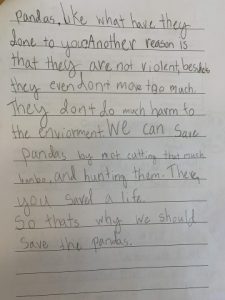
Above you will see a draft that a student expanded upon from their ideas that were brainstormed and collected in their graphic organizer. This morning over breakfast, as I read the morning paper I came across an article that outlined how human activity was impacting the songbirds in the tri-cities. I brought in the article and read some highlights to the class. Immediately, hands shot up into the air and I repeatedly heard the word “connection! CONNECTION!” The students quickly recognized and realized the similarities between this article and our writing theme from the week. Another student commented that not only was the tri-cities article persuasive, convincing the reader to be mindful of the bird’s nest, but it also showed elements of instructional writing, as the author outlined ways that humans can be mindful and prevent the destruction of these birds’ nests. This was a beautiful moment to witness the students transferring taught concepts from within the classroom to real-life situations in our surroundings. Can you make more connections to the themes and big ideas that we are discussing in class to your surroundings?
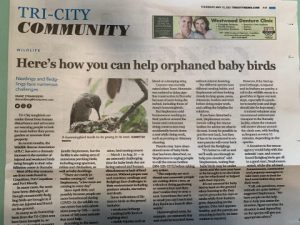
Happy Weekend! Stay safe + healthy!
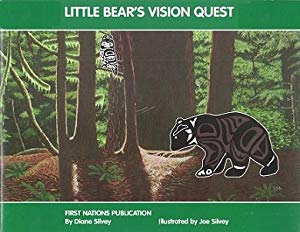
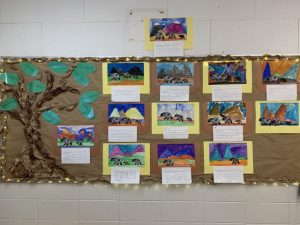
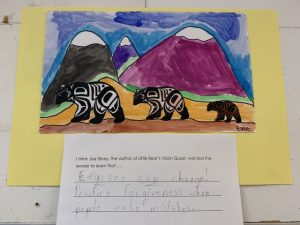
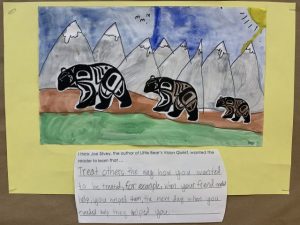


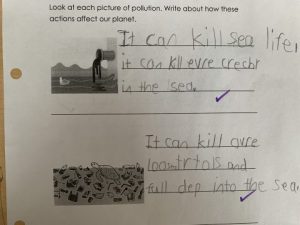
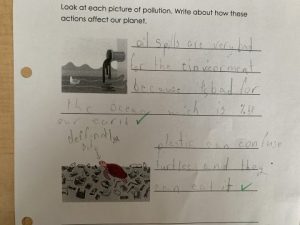
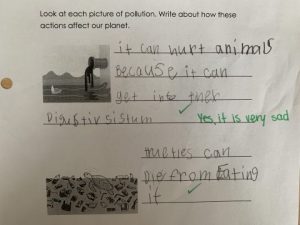
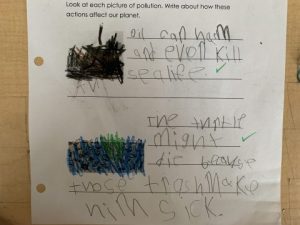
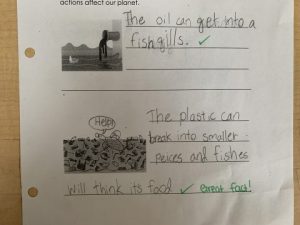
 Happy Earth Day!
Happy Earth Day!